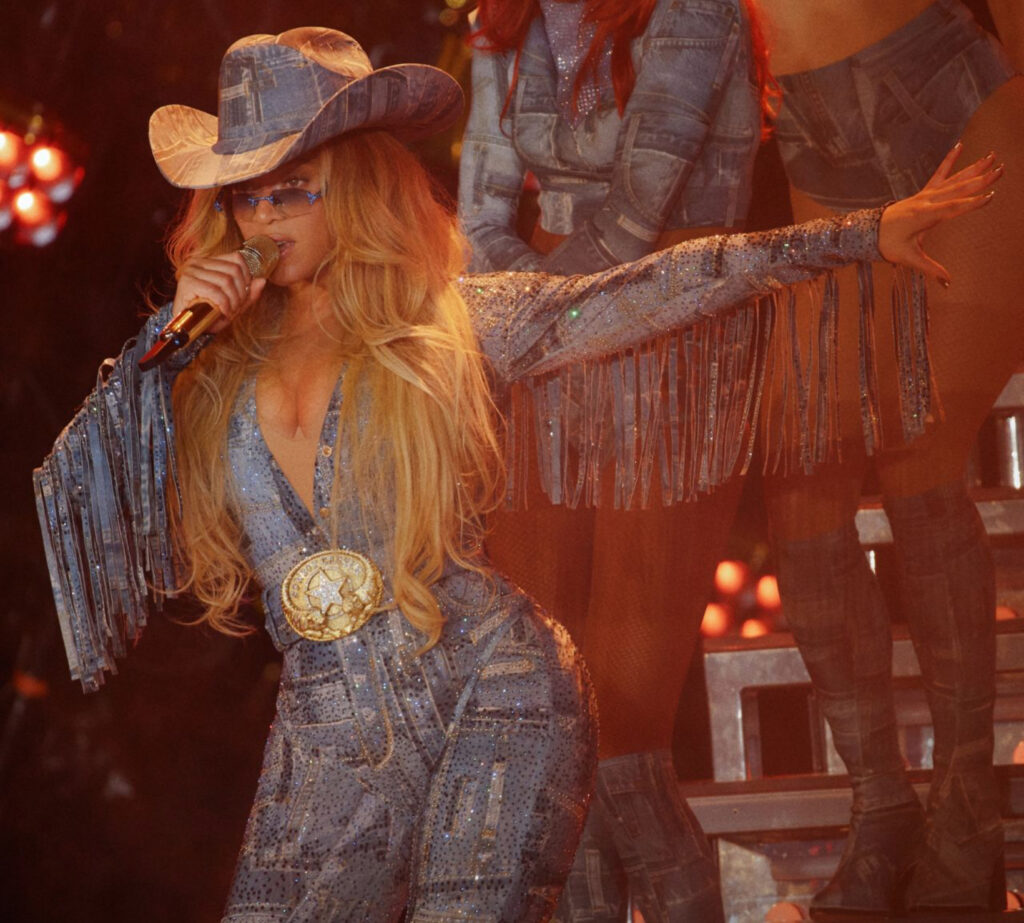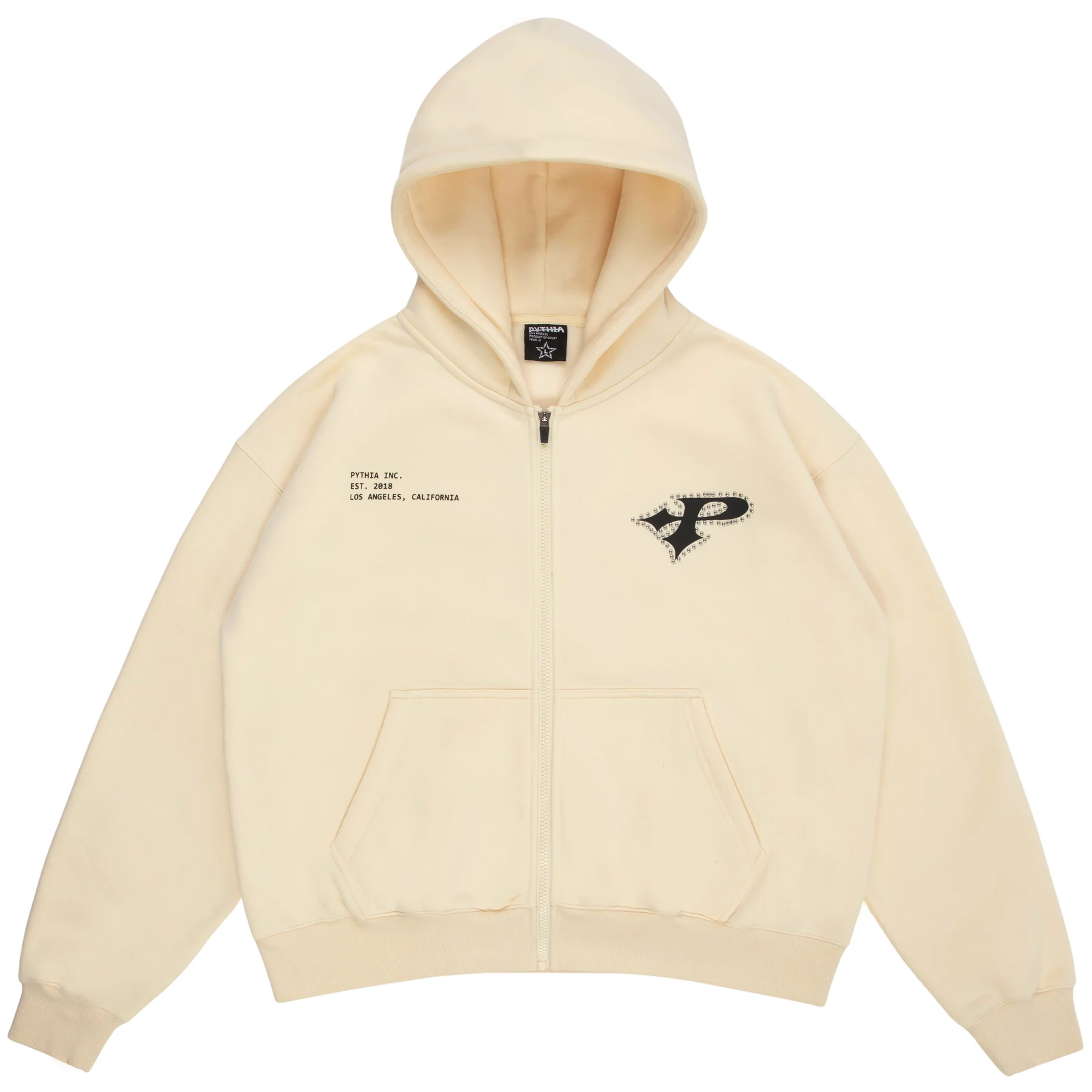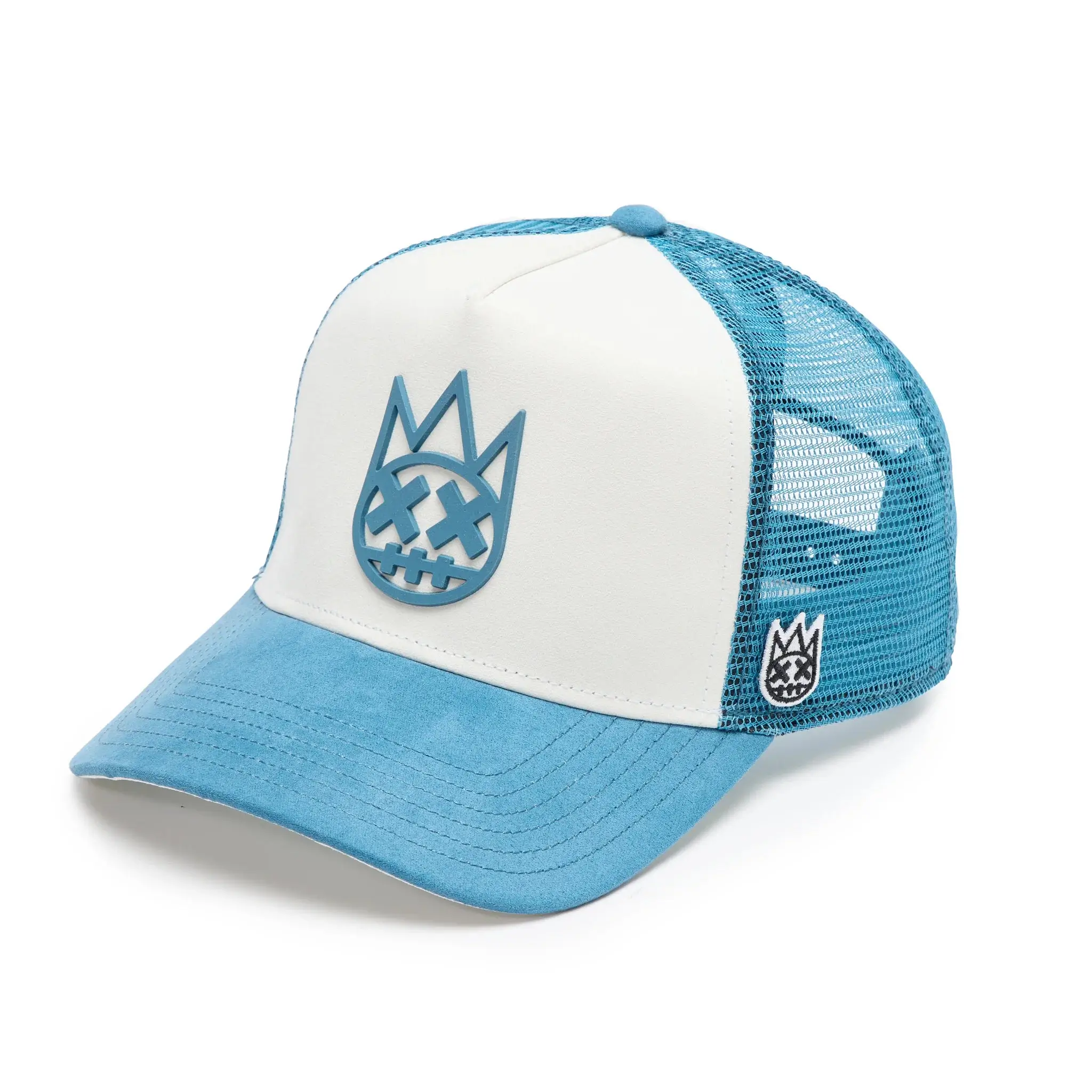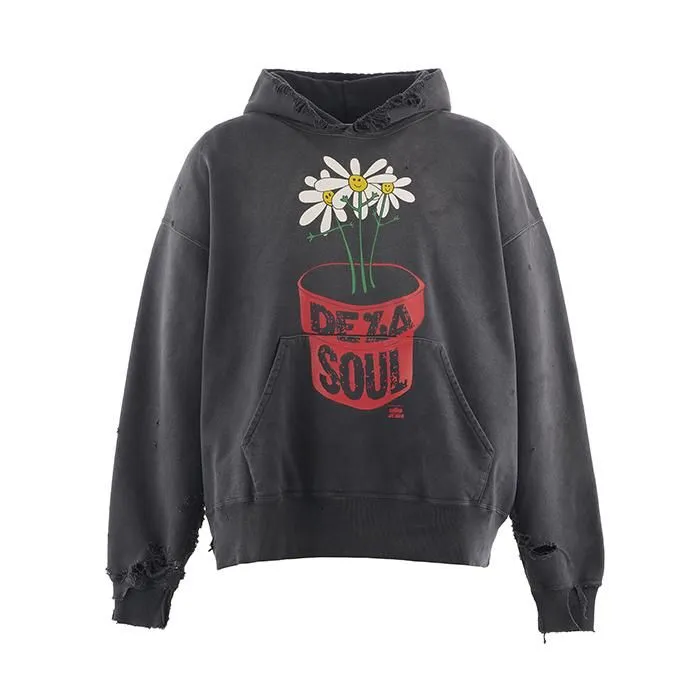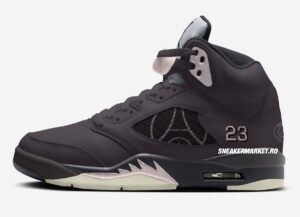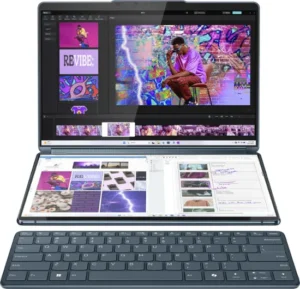On April 28th, 2025, Los Angeles became the epicenter of a glittering Western myth reimagined through pop iconography as Beyoncé kicked off her Cowboy Carter Tour at SoFi Stadium, wearing a #CustomRobertoCavalli look that refracted light and legacy in equal measure. Designed by Fausto Puglisi, the ensemble was not merely stagewear—it was armor, manifesto, and spectacle bound into one silhouette, an aesthetic proclamation of the tour’s cultural ambition.
Western references in fashion are nothing new. But in Beyoncé’s hands—filtered through the sculptural fantasy of Cavalli—the genre becomes something else entirely: less cowboy, more cosmic outlaw. The look, shimmering in every step and cut to the body like a second skin, marked a convergence of American nostalgia, Black Southern reclamation, and fashion as symbolic architecture. Beyoncé wasn’t just singing—she was declaring.
Rewriting Western Codes with Italian Firepower
Roberto Cavalli, under the direction of Fausto Puglisi since 2020, has undergone a vibrant revival. Known for its maximalist sensuality and animalistic bravado, the house leans heavily into theatricality and symbolic pattern. In the past, Puglisi has merged Baroque and biker culture, Sicilian saints and streetwear, often pushing masculine tropes through a lens of flamboyant subversion. With Beyoncé, he had a different mission: to channel Americana through the high-octane refinery of Cavalli’s DNA while honoring the sonic and political thesis of Cowboy Carter.
The result was a bespoke bodysuit and legging set in patchwork denim-print lycra, embellished entirely with tonal crystals. The print imitates worn-in denim but shimmers with an extraterrestrial quality, suggesting a kind of futurist Western—Lucchese meets Martian cabaret. The long-sleeved shirt bodysuit is cut tight to the frame, with fringe detailing slicing through the shoulders and arms, echoing the swish of galloping horses but catching light like sequined chainmail.
The matching cowboy hat, stiff and symmetrical, completed the silhouette with full theatrical synergy—less utility, more crown. Beyoncé’s choice to open the tour in this look was no accident. She appeared like a rhinestone thunderstorm, stomping into a historical genre and reshaping it with every beat.
The Belt: Where Narrative Meets Metalwork
The custom belt warrants its own discussion. In a performance outfit, belts often function as transitional accents—useful for balancing proportions or highlighting the waist. But this belt was a sculpture in itself. Crafted from the same patchwork denim-print lycra and dusted with tonal crystals, it featured a gold-tone jewel buckle inscribed with “COWBOY CARTER” and flanked by two potent symbols: Cavalli’s Roar Tiger and a Texan motif rendered in three-dimensional metalwork.
There are layers to this. First, the Roar Tiger is a Cavalli staple—an emblem of untamed femininity, danger, and dominance. It is not a passive icon. It suggests a predator, a protector, and an aesthetic declaration of war. The addition of Texan motifs—stars, horseshoes, spurs—grounds the look in geographical specificity. Beyoncé, born in Houston, is no stranger to cowboy culture, but here she reclaims it on her own terms, combining memory with futurism, tradition with provocation.
It’s important to note the lettering of the belt: not simply “Beyoncé” or “Cavalli,” but COWBOY CARTER, her album title, her alter ego, and a signal flare to the cultural conversation she’s initiating. The belt becomes a semiotic bridge—between luxury and lineage, between the Italian atelier and the Texas dirt road.
Performance Armor: When Fashion Becomes Myth
Stagewear for performers at Beyoncé’s level is more than clothing. It is mythological skin—engineered for movement, sweat, lights, and symbolism. Puglisi’s look not only holds up under pressure but amplifies it. The costume is dynamic in performance. When Beyoncé moves, the fringe breathes. When she sings, the light scatters across the micro-crystals, casting reflections like a constellation drawn over Western mythology.
It’s a look designed to assert dominance, claim space, and disrupt iconography. Think about the traditional cowboy image: white, male, stoic. Now think about Beyoncé: Black, female, fluid, commanding. What she does with this Cavalli look is less about costume and more about aesthetic mutiny.
The Cultural Weight of
Cowboy Carter
The tour—and by extension, the look—doesn’t exist in a vacuum. Beyoncé’s Cowboy Carter project is a direct confrontation with the erasure of Black voices in country music, a genre deeply indebted to African American musical traditions but long gatekept by whiteness. By entering the genre and doing so dressed like a rhinestone gunslinger from another dimension, Beyoncé makes a visual argument: we were always here.
The fashion, therefore, becomes archival. It references but reauthors. The denim prints are nods to labor and land; the crystals, to spectacle and pageantry. The belt is not just an accessory—it is declaration and weaponry.
Through this lens, Fausto Puglisi’s Cavalli design becomes a kind of visual thesis statement. It’s not simply a fashion moment—it’s a cultural rewrite.
Fausto Puglisi’s Cavalli: The Perfect Match
Puglisi is uniquely equipped to carry out this level of fashion narrative. His work has always existed in extremes—religious iconography meets biker rebellion, Roman myth meets Versace-era glam. For Beyoncé, he tempers that flamboyance into something tighter, sharper, and more symbolic. Every detail is deliberate. Every crystal placed not for shimmer alone, but for a kind of visual rhythm.
His Cavalli is not about nostalgia—it’s about provocation, and in this case, alignment with Beyoncé’s message: to tear down a genre’s boundaries by appearing like its most seductive, radical incarnation.
Fashion in the Age of Cultural Statement
In 2025, fashion is no longer just fashion. Especially for global icons like Beyoncé, it is language. The Cowboy Carter Tour does not rely on Western clichés—it retools them. And fashion plays a central role in that retooling. Gone are the days when stagewear was merely sparkly or sexy. Now, it must speak—about history, identity, tension, and transcendence.
What Beyoncé wore at SoFi Stadium wasn’t just a glittering outfit. It was a visual system of signs. Denim becomes memory. Fringe becomes movement. The tiger becomes the ancestral. And the belt? That’s the exclamation point, the brand mark, the visual chorus line.
Fausto Puglisi understood the assignment. In fact, he anticipated it.
Impressed
In the end, Beyoncé’s opening look from the Cowboy Carter Tour doesn’t just deliver on spectacle—it redefines it. It asks: What happens when the most decorated performer of a generation rides into the arena dressed not just for performance, but for reckoning?
The answer: a new genre is born—part rodeo, part runway, all revolution.
She doesn’t just wear the look. She becomes the narrative. And in doing so, she reminds us that fashion, in the right hands, isn’t just decoration. It’s history rewritten in rhinestones.
No comments yet.

